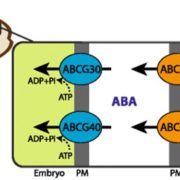
Review: Plant hormone transporters: what we know and what we would like to know
Blog, Plant Science Research Weekly, Research, Research BlogHormones are signaling molecules, and in most (but not all) cases part of their function is to convey information from one cell or tissue to another, sometimes from cell-to-cell and sometimes through vascular tissues. Park et al. review our current state of understanding of transporters for diverse…
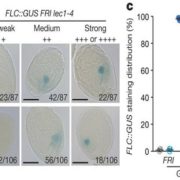
Embryonic epigenetic reprogramming by a pioneer transcription factor in plants ($)
Blog, Plant Science Research Weekly, Research, Research BlogPioneer transcription factors are a special type of transcription factor that are able to access their target sequences in condensed chromatin. They are often associated with changes in cell fate and developmental switching. Tao et al. showed that the seed-specific transcription factor LEAFY COTYLEDON1…
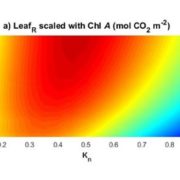
Chlorophyll can be reduced in crop canopies with little penalty to photosynthesis
Blog, Plant Science Research Weekly, Research, Research BlogThe effect of reducing leaf chlorophyll content on canopy CO2 assimilation (Acan) is somewhat contentious. Walker et al. obtained data from 67 soybean accessions to parameterise a canopy-root-soil model (MLCan) in order to simulate the effect of altering chlorophyll levels on Acan. There was no increase…

ABA-induced reactive oxygen species are modulated by flavonols to control stomata aperture
Blog, Plant Science Research Weekly, Research, Research BlogMuch of our knowledge concerning ABA-induced stomatal closure comes from genetic models such as Arabidopsis and Vicia faba. Watkins et al. explore the mechanism of ROS production in this abiotic stress pathway in an important agricultural crop: tomatoes (Solanum lycopersicum). Specifically, they are…
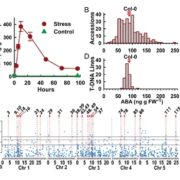
Natural variation identified genes affecting drought-induced abscisic acid accumulation in Arabidopsis thaliana ($)
Blog, Plant Science Research Weekly, Research, Research Blog
Dissecting the genetic controls of ABA is challenging, granted the complex modulation of ABA turnover and redundancy of the hormone perception machinery. In the recent study, Kalladan and colleagues explored natural variation of low-water-potential induced ABA accumulation. Using heuristic GWAS,…
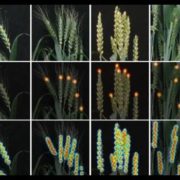
Deep learning for multi-task plant phenotyping
Blog, Plant Science Research Weekly, Research, Research BlogDespite the significant developments in computational biology and modern plant breeding, crop phenotyping poses challenges for automation. Previous machine learning approaches of plant phenotyping have mainly focused on leaf counting in rosette forms or leaf segmentation, and rely on large datasets not…
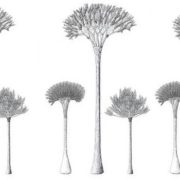
Earth’s very first trees ($)
Blog, Plant Science Research Weekly, Research, Research BlogLong ago, the dinosaurs roamed amongst majestic forests of ancient tree ferns, cycads and conifers. But longer ago still, prior to the birth of both the kings of the animal and plant kingdoms, majestic forests of gigantic trees were unimaginable, with the landscape covered in small plants lacking leaves,…
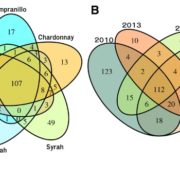
Microbial landscape of the grapevine endosphere in the context of Pierce’s disease
Blog, Plant Science Research Weekly, Research, Research BlogIn vascular plants, structure and composition of microbial endosphere associations has not been studied much in the specific context of vascular diseases. This is the case of Pierce's disease which is caused by Xylella fastidiosa and affects multiple crops and ornamental plants. This bacterium is currently…
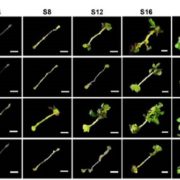
Cytokinin-induced cell cycle regulates MET1 activity during shoot regeneration ($)
Blog, Plant Science Research Weekly, Research, Research BlogThe capacity of plants to regenerate new shoots from differentiated tissue – a process called de novo shoot regeneration – confers plasticity to plant development and has also important agricultural applications. Previous studies revealed that DNA METHYLTRANSFERASE1 (MET1) inhibits shoot regeneration…

